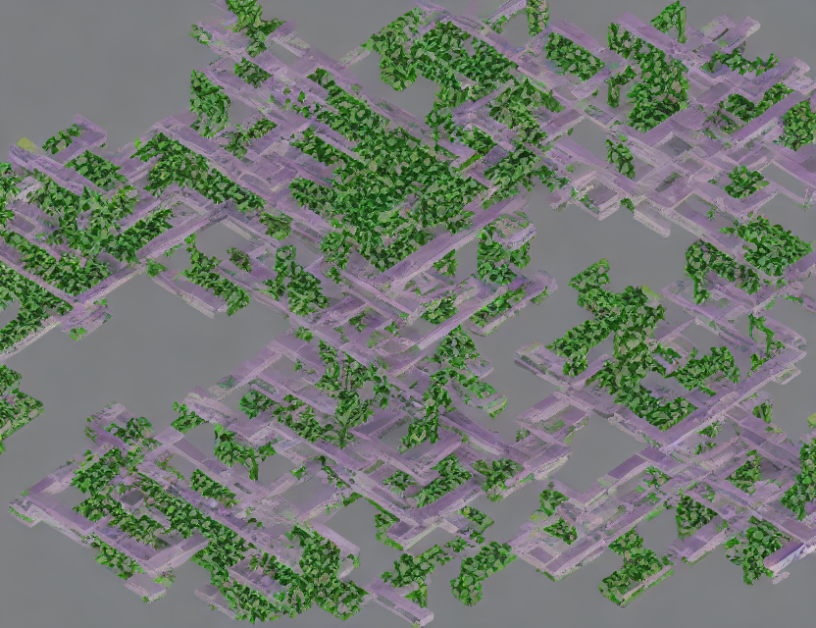Imagine you’re given a single $360° photo of a room in Manhattan, and you need to reconstruct the layout of the room. Sounds like magic, right? Well, it’s not! In this article, we’ll dive into how researchers have been working on this problem using state-of-the-art methods.
The authors, Chuhang Zou, Jheng-Wei Su, Chi-Han Peng, Alex Colburn, Qi Shan, Peter Wonka, Hung-Kuo Chu, and Derek Hoiem, conducted a comparative study of three methods: Segformer, Instant Neural Graphics Primitives (INGP), and UNISURF.
Segformer is like a Lego builder who carefully arranges bricks to form the room layout. It’s an efficient design that uses transformers to simplify the process. INGP is like a magician who can instantly create graphics primitives from a single $360° photo. The method takes sparse inputs and generates complete room layouts with accurate segmentation. UNISURF is like a master architect who unifies neural implicit surfaces and radiance fields for multi-view reconstruction. This method combines the strengths of both approaches to create highly detailed room layouts.
The authors tested these methods on various datasets and compared their performance. They found that Segformer performed best in terms of speed and accuracy, while UNISURF outperformed the other two methods in terms of detail and quality.
In summary, this article provides a comprehensive overview of state-of-the-art methods for Manhattan room layout reconstruction from a single $360° photo. The research offers promising approaches that can help create detailed and accurate room layouts with ease. Whether you’re a researcher or just curious about this technology, this article is an excellent read to learn more about the exciting field of neural information processing systems!
Computer Science, Computer Vision and Pattern Recognition
Fast AutoAugment: A Novel Approach to Efficient Image Synthesis



